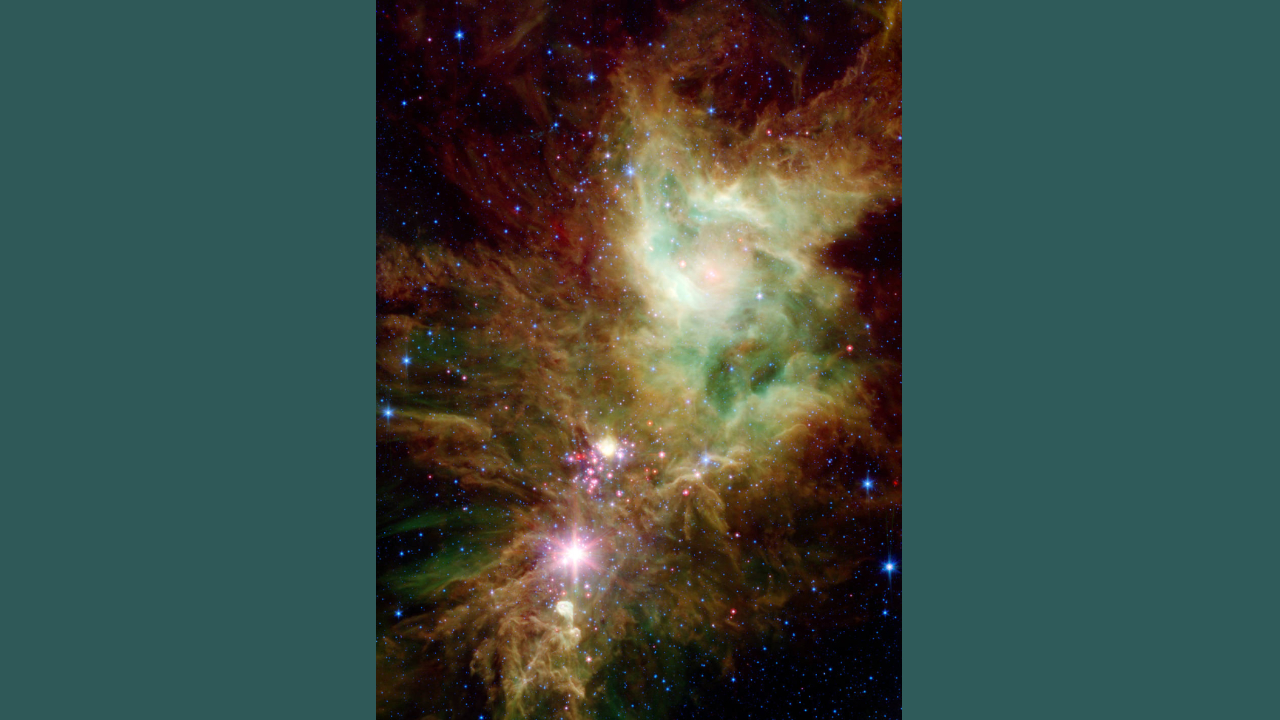
New Delhi:
The National Aeronautics and Space Administration (NASA) has recently posted a mesmerising image of a colorful collection of newborn stars, known as the Christmas Tree Cluster, which was taken by its Spitzer infrared space telescope. In the image, we can see a group of newborn stars shining in pink and red colours actually looks like the decorations of a Christmas tree. In a statement, the NASA said, “The newly revealed infant stars appear as pink and red specks toward the center and appear to have formed in regularly spaced intervals along linear structures in a configuration that resembles the spokes of a wheel or the pattern of a snowflake. Hence, astronomers have nicknamed this the Snowflake Cluster.
“Star-forming clouds like this one are dynamic and evolving structures. Since the stars trace the straight line pattern of spokes of a wheel, scientists believe that these are newborn stars, or protostars. At a mere 100,000 years old, these infant structures have yet to crawl away from their location of birth. Over time, the natural drifting motions of each star will break this order, and the snowflake design will be no more,” NASA added.

NASA/JPL-Caltech/P.S. Teixeira (Center for Astrophysics)
The US space agency further said, “While most of the visible-light stars that give the Christmas Tree Cluster its name and triangular shape do not shine brightly in Spitzer's infrared eyes, all of the stars forming from this dusty cloud are considered part of the cluster.”
Also Read: Ring Of Fire Solar Eclipse Witnessed In Many Parts Of Country, Decades Last Celestial Event Ends
“Like a dusty cosmic finger pointing up to the newborn clusters, Spitzer also illuminates the optically dark and dense Cone Nebula, the tip of which can be seen towards the bottom left corner of the image,” NASA concluded.




